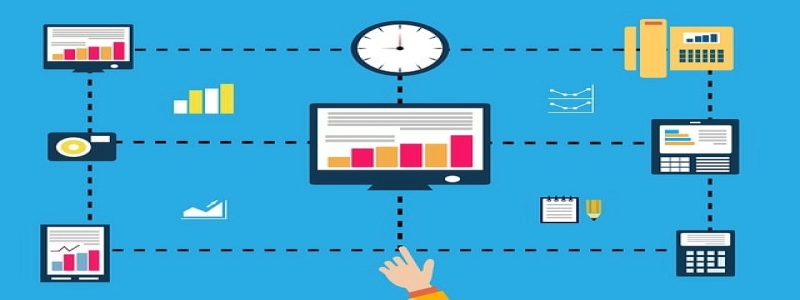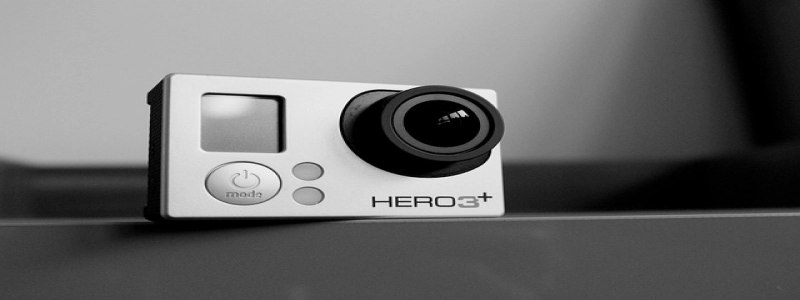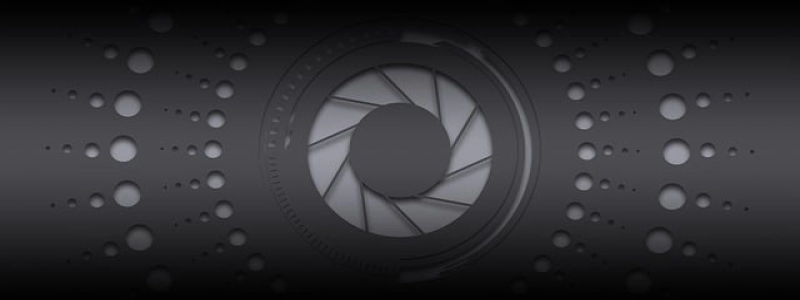Coaxial Cable to Ethernet
I. Introduction
A. Brief overview of coaxial cables and ethernet
II. Coaxial Cable
A. What is a coaxial cable?
B. Structure and components of a coaxial cable
C. Benefits and drawbacks of coaxial cables
III. Ethernet
A. What is ethernet?
B. Evolution and standards of ethernet
C. Benefits and drawbacks of ethernet
IV. Coaxial Cable to Ethernet Conversion
A. Need for coaxial cable to ethernet conversion
B. Methods of converting coaxial cable to ethernet
1. Using a media converter
2. Using a modem/router
3. Using a set-top box
C. Factors to consider when converting coaxial cable to ethernet
1. Compatibility with devices
2. Bandwidth and speed limitations
3. Cost and convenience
V. Conclusion
A. Recap of coaxial cable and ethernet
B. Importance of coaxial cable to ethernet conversion
C. Final thoughts on choosing the right conversion method
I. Introduction
Coaxial cables and ethernet are two commonly used technologies for transmitting data. While coaxial cables have been widely used for a long time, ethernet has gained popularity due to its higher speeds and versatility. In this article, we will explore the process of converting coaxial cable to ethernet and various methods to accomplish this conversion.
II. Coaxial Cable
A. Coaxial cables are a type of electrical cable primarily used for transmitting high-frequency signals. They consist of a central conductor surrounded by an insulating layer, a metallic shield, and an outer protective sheath. The central conductor carries the electrical signals, while the shield minimizes interference.
B. The structure of a coaxial cable ensures a reliable transmission of signals with minimal signal loss. The central conductor, usually made of copper, offers high conductivity, while the metallic shield protects against external electromagnetic interference.
C. Coaxial cables have been widely used for cable TV connections and internet access since they provide good signal quality over long distances. However, they may suffer from signal degradation over longer distances and have limited bandwidth compared to ethernet.
III. Ethernet
A. Ethernet is a networking technology commonly used for local area networks (LANs). It allows for the transmission of data over twisted pair cables, fiber optic cables, or even wireless connections.
B. Ethernet has evolved over the years, with different standards defining the maximum data rates and cable types. Some popular ethernet standards include Fast Ethernet (100 Mbps), Gigabit Ethernet (1 Gbps), and 10 Gigabit Ethernet (10 Gbps).
C. Ethernet offers higher speeds and a larger bandwidth compared to coaxial cables. It is widely used in homes, offices, and data centers due to its versatility and compatibility with various devices.
IV. Coaxial Cable to Ethernet Conversion
A. There are several reasons why someone may need to convert a coaxial cable connection to ethernet. One common scenario is transitioning from a legacy cable TV network to a modern gigabit ethernet network for faster internet speeds.
B. There are three primary methods to convert a coaxial cable to ethernet:
1. Using a media converter: This device converts the coaxial signal to ethernet, allowing the connection of ethernet-enabled devices.
2. Using a modem/router: Some modern modems or routers have built-in coaxial cable ports, enabling direct connectivity to ethernet devices.
3. Using a set-top box: Cable TV providers often offer set-top boxes that convert coaxial cable signals to ethernet for more convenient TV viewing.
C. When converting coaxial cable to ethernet, some factors to consider include device compatibility, bandwidth and speed limitations, and cost and convenience of the conversion method.
V. Conclusion
A. Coaxial cables and ethernet are two different technologies commonly used for transmitting data. While coaxial cables have been in use for a long time, ethernet offers higher speeds and versatility.
B. Converting coaxial cable to ethernet is often necessary to upgrade to faster internet speeds or to enable compatibility with modern ethernet devices.
C. The choice of the conversion method depends on various factors, such as device compatibility, bandwidth requirements, and overall cost and convenience. Think carefully about these factors when deciding how to convert coaxial cable to ethernet to ensure a smooth transition and optimal performance.








